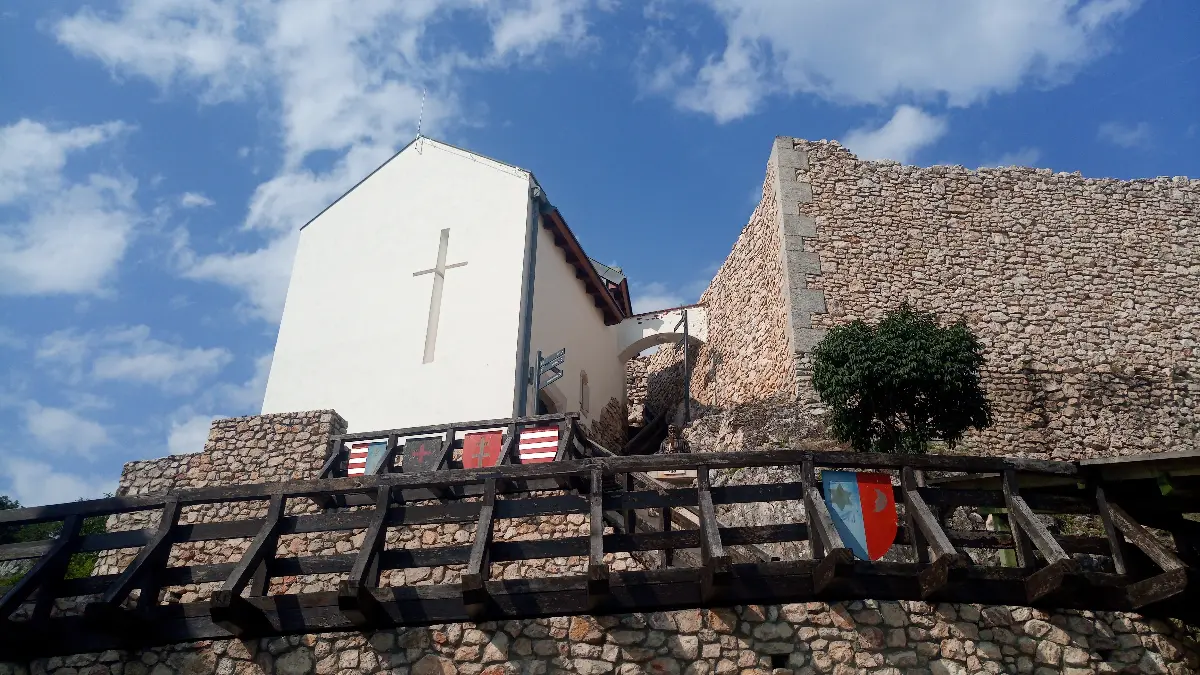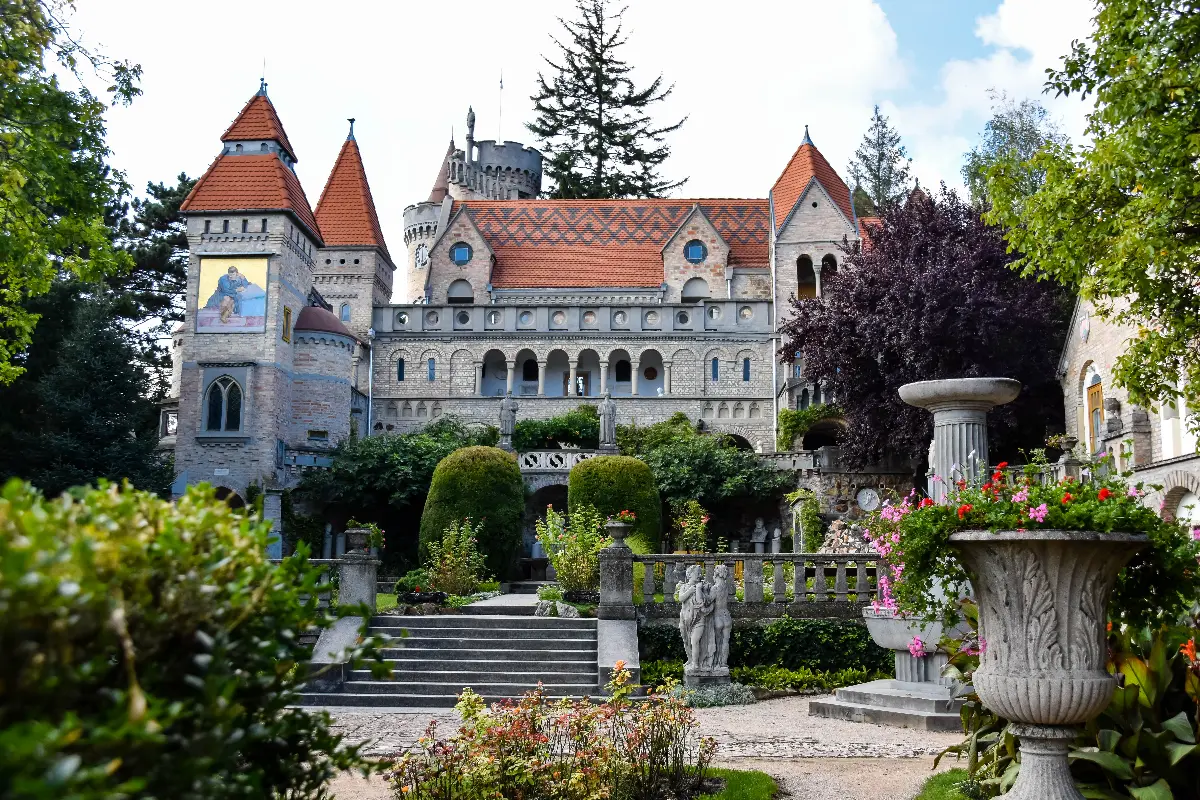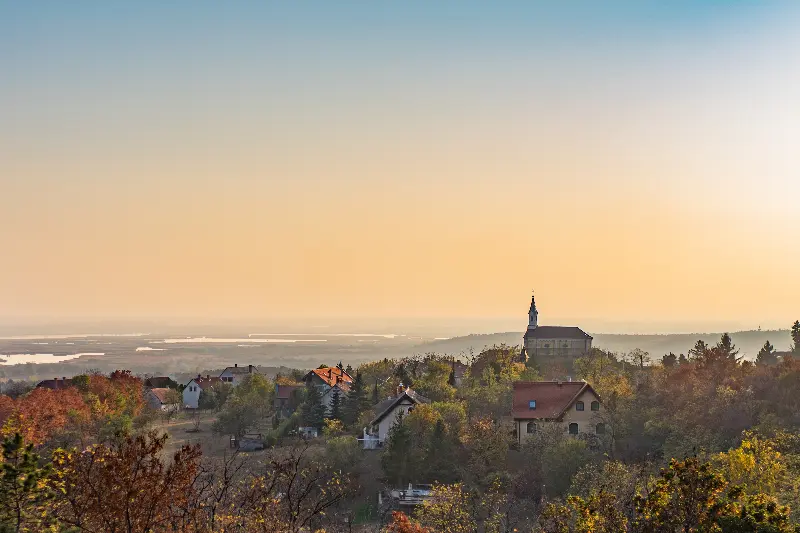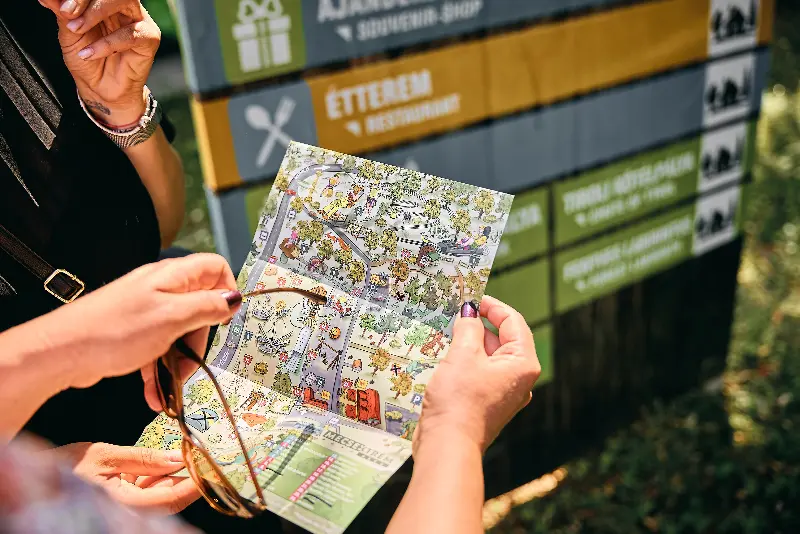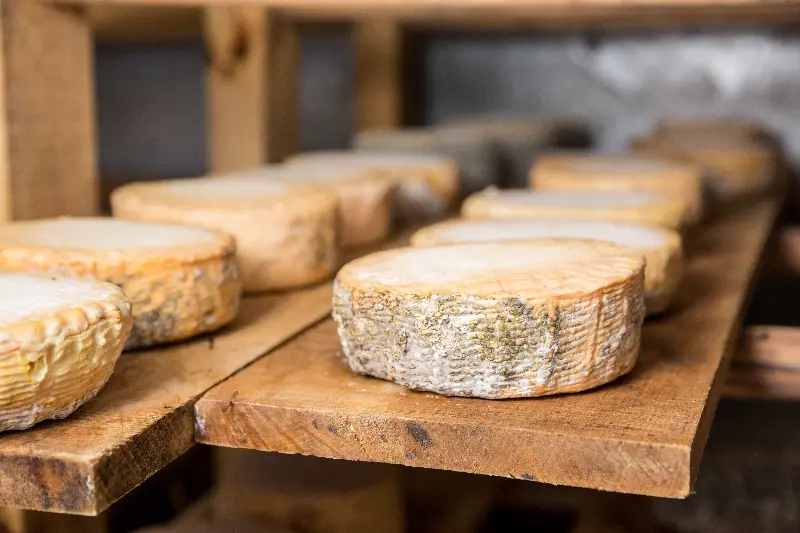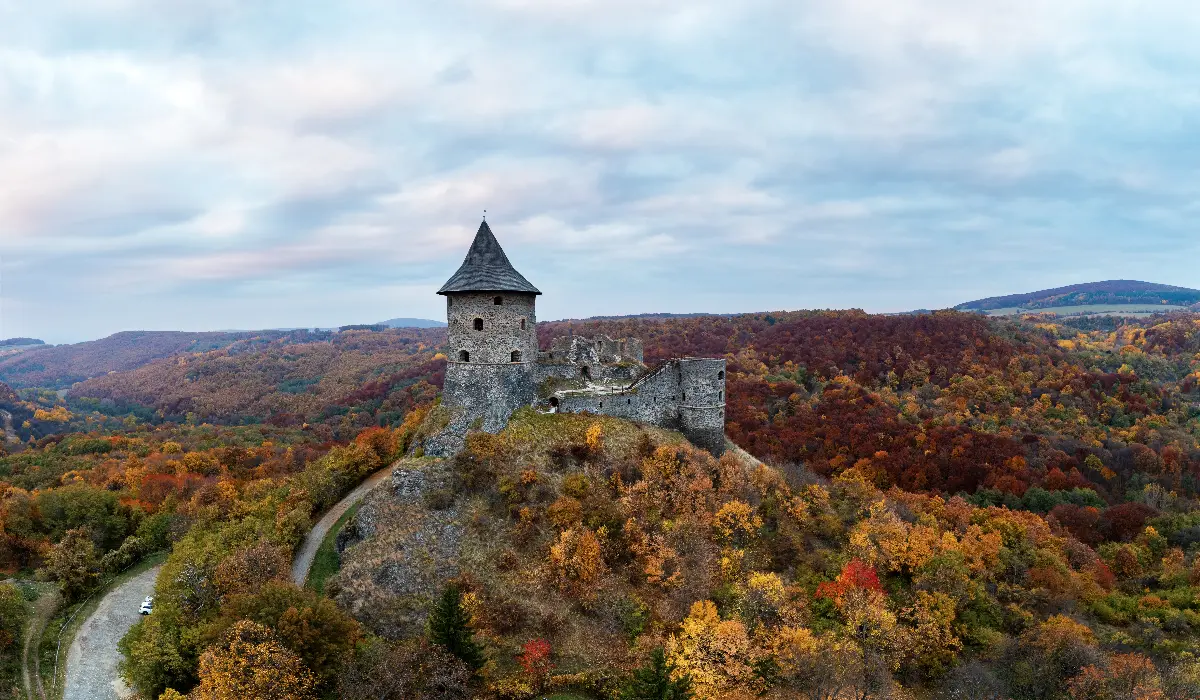
Helyszín címkék:
3 beautiful castles of Transdanubia and their enchanting stories
Csiki Judit
Csókakő: guardian of the Fehérvár military road
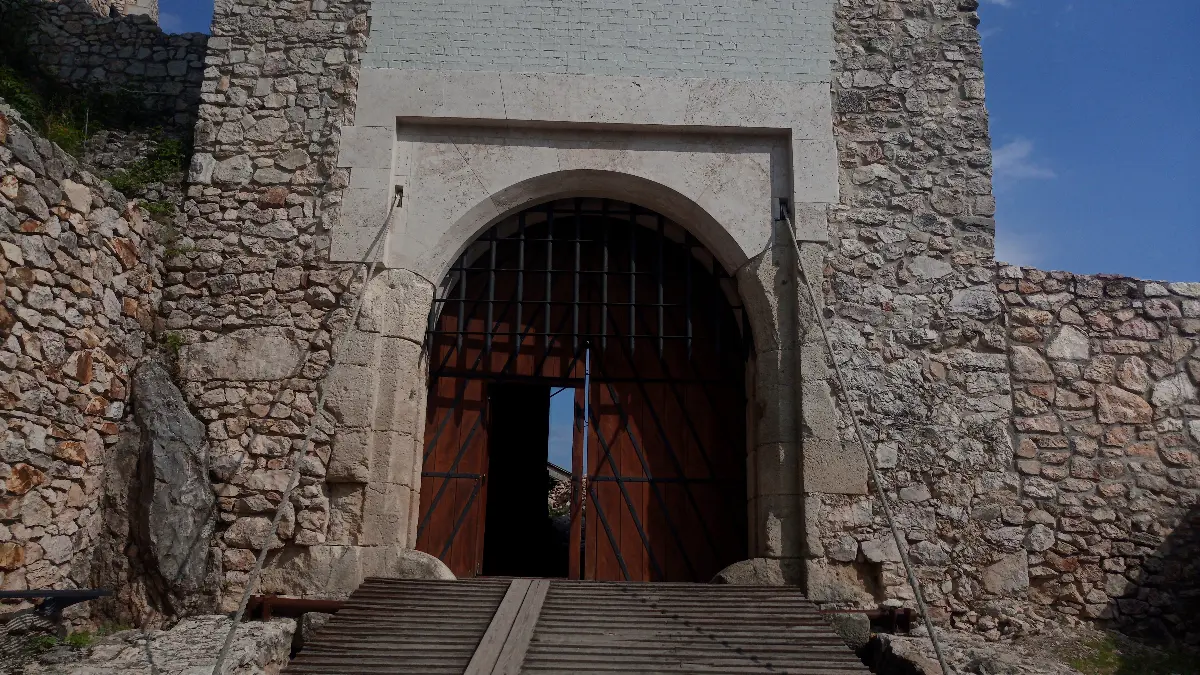
The castle of Csókakő can also be seen from route 81 connecting Győr and Székesfehérvár: the imposing, gothic building on the small cliff of the southern breakout of Vértes is almost inviting. It is no accident that the fortress was built here. After the Tartar invasion, the “military road to Fehérvár” was supervised from here, which is also mentioned in our famous literary record, the founding letter of the abbey of Tihany. The castle belonged to the Csák clan in the 13-14th century, after which it changed hands several times A year after the fall of Székesfehérvár, it fell into the hands of the Turks, and for a time it functioned as one of the advanced observation posts in Fehérvár. From the 1700s, however, it did not take part in military action, its walls slowly collapsed and the stones were carried away. The building was in imminent danger by the 1990s, but the Csókakő Castle Friends Association, founded in 1995, set about rescuing it. The works and archaeological excavations have continued to this day. By 2014, the gate tower of the Lower Castle with the drawbridge and gate wings was rebuilt - the reconstructed gate structure is a rarity in the country. The south-western part of the castle wall with the patrol path and the wooden corridor, as well as the half-rock-built castle chapel have been renewed. It is worth taking the steep route up from the bottom of the castle hill, as there is enough to see in the rebuilt and the not-yet-rebuilt parts of the building, to keep you busy for several hours. The castle, built on steep cliffs, offers an incredible view of almost half of Transdanubia, from the vineyards of Mór to the Eastern Bakony.
Bory Castle: a monument of love and art
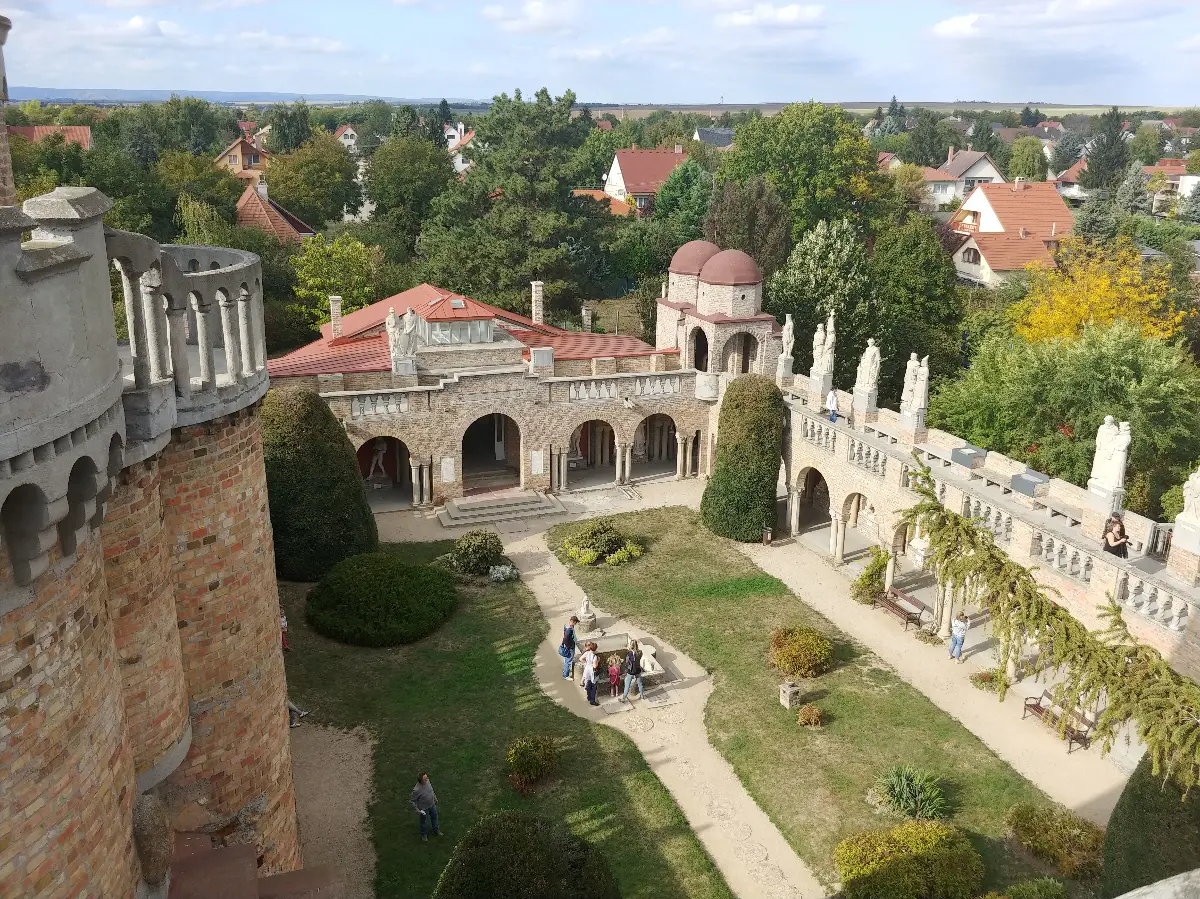
Although the castle in the Mária Valley in Székesfehérvár seems to be a centuries-old memorial at first sight, we still have to go back only a century for its origin. It was 1912, when sculptor and architect Jenő Bory bought the plot, and after World War I, when his orders as a sculptor were able to cover construction, he began building a castle considered a monument of love and art. For 40 years, the artist built the walls and towers of the fantasy-inspired castle with his own hands. He worked mainly with concrete, and this is how the multi-tower building was created, it is mostly a work of art by sculptors of architectural forms and dimensions today. Even the floor-plan is symbolic, the two ideological centres of the building are the chapel of conjugal love dedicated to the artist's wife, Ilona Komócsin, and the studio. Among the walls there are paintings, hundreds of sculptures, glass paintings and ornamental wells. Seven towers, thirty smaller and larger rooms await the visitors, as well as the famous Hundred-Pillared Courtyard, lined with statues of great Hungarian historical figures.
Taródi Castle: the modern successor of medieval knight castles
In the wild romantic Lővérek Forest, the building is located in the woods, the people of Sopron also refer to the castle as Owl Castle, Crazy Castle and Taródi Castle. Its owner and master builder, elder István Taródi, realized his lifelong dream when he constructed a building modelled on medieval knights' castles, on the plot he bought in 1951, over 50 years from 1959. The master tried to capture every moment of design and construction in books and photographs. We also know that the castle of Somoskő near Salgótarján had the greatest impact on him, and is the most similar to his own castle. A drawbridge over the three-metre-deep moat leads to the castle. The owner also built residential areas in the more than 4,000-square-metre building. The five-part tower, accessible via a hidden spiral staircase, offers beautiful views of the area. At the exhibition held in the building we can get acquainted with the history of Sopron. Some may still remember the film Fantastic Aunt, shot in 1985, which was also set in the Taródi Castle.
